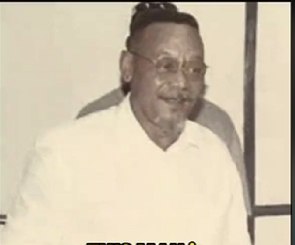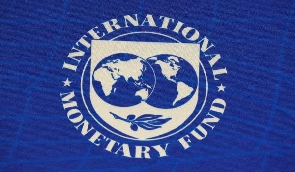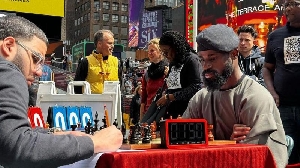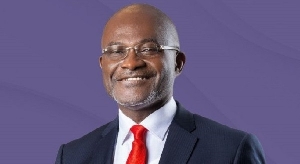Opinions of Sunday, 1 November 2015
Columnist: Osei-Bempong, Kirsty
An interview with TV director Kwame Boadi
An interview with TV director Kwame Boadi on his transition into feature films by Kirsty Osei-Bempong
The director behind Ghanaian hit TV series Sunshine Avenue, and Sun City is working to bring his first feature film to the African continent.
Kwame Boadi, who co-produced Danish-Ghanaian arthouse film Gold Coast, hopes to bring the production to Ghana around Easter 2016 and will work to release the film in other African cities such as Nigeria and potentially South Africa, thereafter.
“We own the film rights for half of Africa and the whole of Ghana so that is where my concentration is,” he told Kirsty Osei-Bempong. “Earlier, we were looking to premiere in Ghana in December 2015, but looking at the schedule, I would rather take it to Easter – March/April 2016, there about.
“I would have finished the second season of Sunshine [Avenue] and would have more time to organise and make a bit more noise. So it will premier in Ghana, then I am looking to find a distributor for Africa.”
Producers Michael Haslund (c) and Kwame Boadi
There are also plans to shorten the film from the current 114-minute length to 90 minutes in a bid to appeal to African audiences who are more familiar with American-style films, Boadi said.
Gold Coast is the story of one man - Wulff Frederik Wulff - a Danish botanist who leaves his fiancée in Denmark during around 1836 to establish a royal coffee plantation at the request of the Danish King.
Wulff is depicted as the more liberal-minded of the Danish officers there who sets out to liberate captives that are to be sold into the illegal trade. But the plan comes with some drastic consequences for him.
Set three years after the Trans-Atlantic Slave Trade was officially but not totally banned, Boadi was drawn to the film because of many redeeming values, he said. These included the fact that many Danes in Denmark were not aware of their participation in the slave trade, he added. Characters such as the missionary’s wife, and the central character Wulff, were also appealing to Boadi.
Jakob Oftebro and Ghanaian extras (c) Michael Haslund
Although in reality Wulff visited present-day Ghana around 1836, his character in the film is an amalgamation of three Danish men of history with some embellishments.
The real-life Wulff had a local wife and children while living in present-day Ghana and died there too. His descendants are still living in Osu today, Boadi said. Liaising with the family during the early part of the film-making helped to fill in some of the gaps the film production team had, he added.
The 2015 film was shot in a number of locations across Ghana including Elmina and Cape Coast castles, Fort Amsterdam in Abandze, in the Central Region and Fort Batenstein in Butri in the Western Region. A very small part of the film was shot in Burkina Faso.
The filming team had wanted to use the Osu Castle - also known as Christiansborg – to shoot the film, because of its obvious connections to Denmark. The castle was built by the Danes and Norwegians in the 1660s. However, it had been modernised and had lost a lot of the historical features, Boadi said.
Part of the film’s success has been down to the strong acting from newcomer John Aggrey. The teenager, who had no previous acting experience, plays slave-boy Lumpa.
“He did so well so we have actually decided that we are going to fund his education to university,” said Boadi.
The film, which is written and directed by Daniel Dencik and produced by Michael Haslund, will be screened at the Noordelijk Film Festival in Leeuwarden, in The Netherlands from 11-15 November.
Kirsty Osei-Bempong is a journalist and blogger who writes primarily on aspects of West African cultures, arts and history. Her work can be found at www.misbeee.blogspot.co.uk












